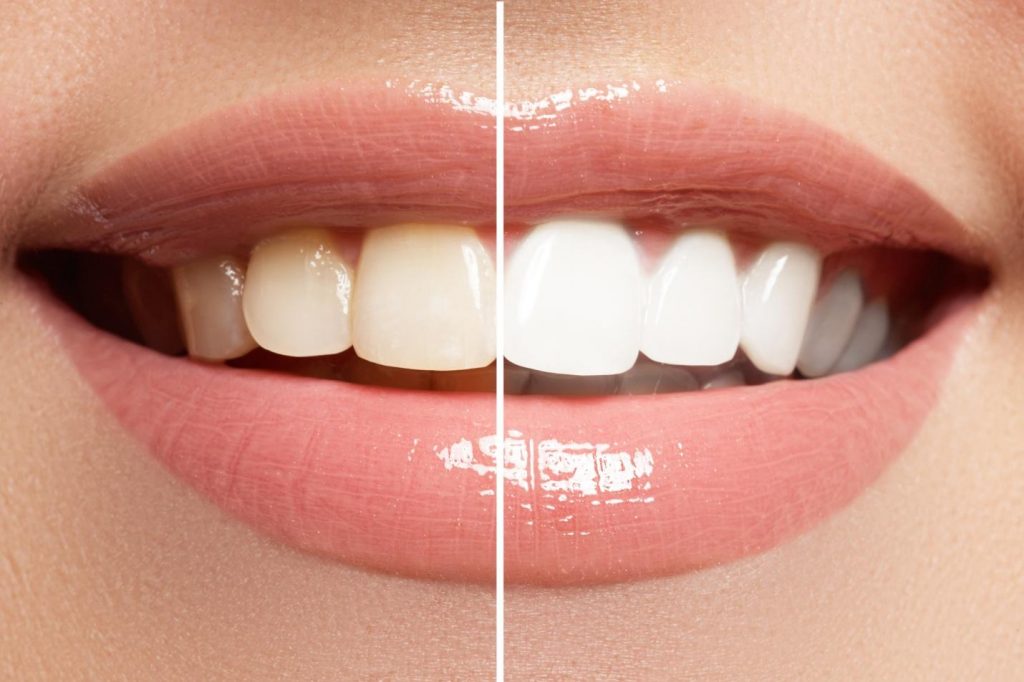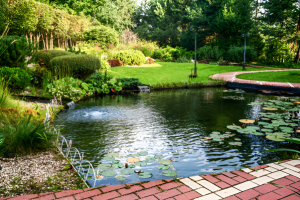Types of Teeth Stains and How to Get Rid of Them

There are three certainties in life: death, taxes, and tooth stains.
Between morning coffee and the occasional after-dinner sweet, our teeth deal with lots of daily wear and tear. So, it only makes sense that, after a while, they’re going to accumulate a few stains. Fortunately, thanks to advancements in dental care, there are plenty of ways to take care of even the most stubborn dental stains — sometimes in the comfort of your own bathroom!
That said, not all tooth stains are the same, and, therefore, require different cleaning methods.
Are your pearly whites looking a bit more yellow these days? Here’s everything you need to know about the three most common types of teeth stains and what you can do to get rid of them.
Intrinsic Teeth Stains
Intrinsic teeth stains are one of the more difficult types of teeth stains to get rid of because they happen inside your teeth. These stains naturally happen if your enamel thins or the dentin inside your teeth gets stained.
Fortunately, while these stains can be a bit tougher to get rid of, they’re not impossible to remove.
When it comes to intrinsic stains, the best method for removal is unfortunately also the most expensive: professional treatment. Professional whitening isn’t just more powerful than at-home treatments, it’s also the safest for your teeth. That said if you’d like to try getting rid of your intrinsic stains yourself there are a few at-home methods that could work.
Tooth whitening gel and treatments that contain hydrogen peroxide or carbamide peroxide are also excellent ways to get rid of intrinsic stains without having to leave our bathroom. That said, these treatments can cause tooth sensitivity. So, if you already struggle with sensitive teeth, you may want to skip the at-home method and go straight to your dentist.
Extrinsic Teeth Stains
Extrinsic teeth stains are the most common and the easiest to clean. This type of tooth stain happens when some sort of discoloration seeps into your enamel.
Fortunately, because this kind of stain doesn’t sink below the outermost layer of your teeth, you can easily take care of extrinsic teeth stains with whitening toothpaste or an at-home whitening system — like whitening strips! If you’d like to take a taster approach, you could also start snacking on some foods that whiten teeth.
Age-Related Teeth Stains
While eating and drinking make it nearly impossible to avoid teeth stains, no type of stain is as inevitable as the age-related ones.
As we get older, the enamel on our teeth thins out, and our dentin naturally darkens — which can make our teeth look a bit more yellow. And to make things worse, not even the most diligent oral hygiene routine can prevent these stains from happening.
Fortunately, just because age-related stains are an inevitability, that doesn’t mean you have to live with them. There are plenty of easy ways to combat this kind of tooth stain.
Age-related teeth stains behave a lot like intrinsic stains. Because of this, you can treat them using the exact same methods. Just like with intrinsic stains, home whitening treatments that contain hydrogen peroxide or carbamide peroxide and professional cleanings are the best ways to take care of age-related stains.
How to Remove Teeth Stains
Now that you know how to take care of your teeth stains, it’s time to get brushing! By following these tips and paying a visit to your local dentist, you’ll get your chompers from yellow to white in no time!
Are you looking for more advice on how to improve your oral hygiene? We’ve got you covered! Check out the rest of our blog for more helpful tips, tricks, and hacks today!






